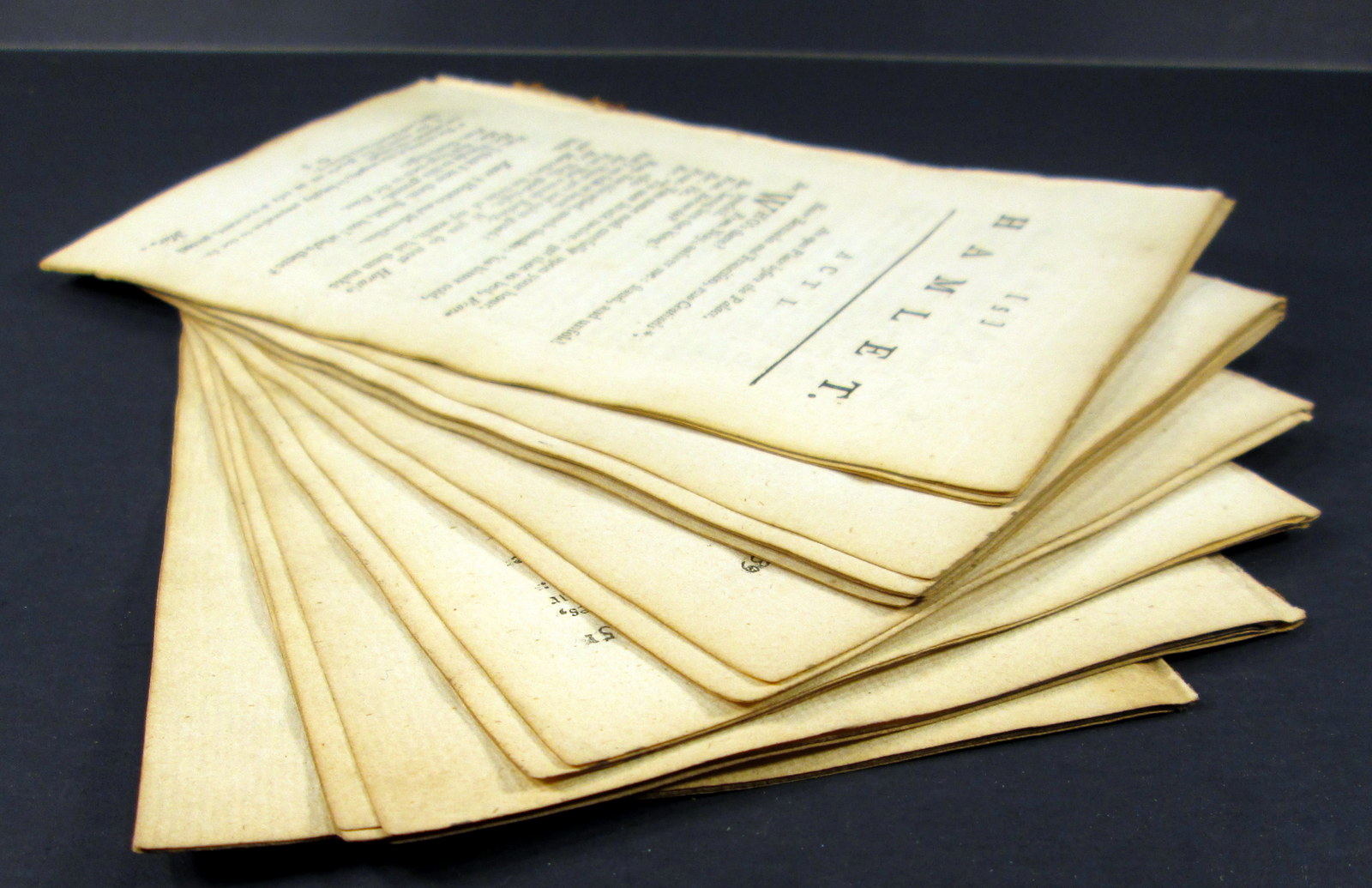Why do I take apart old books and sell the parts?
Repurposing old books is a great way to breathe new life into them and allow them to continue their stories. The pages and illustrations that I sell in my Etsy shop are removed from old books that are worn out or falling apart. They have come to the end of their life as a reading book. and are bound for the dumpster. I am removing the lovely old paper and illustrations so that someone might incorporate them into a new piece of art.
What Can You Do with Pages from Old Books?
These pages can be used to create a visual story, commonly known as a Junk Journal. It allows you to document your life in a unique way—compile a visual record of your travels, create a collection of things you love, paint a picture on a page of words, or even design a memorial or a bucket list.
Making junk journals can be therapeutic. The act of clipping, sorting, pasting, and creating from scrap aids in relaxation and emotional processing. You might discover illustrations and passages meaningful to you within these packets. Interested in seeing what I mean? Check out these Paper Packets on Etsy.
Tell your story.
Creating a junk journal not only helps you tell your story but also contributes to waste reduction, thereby making the world a tad more eco-friendly. It gives new life to objects that might otherwise be discarded, asserting that just because something is old and tattered, it has not outlived its usefulness.
Crafting a New Life for Old Books
Through the art of papercraft, I celebrate the renaissance of vintage book pages. My sources are old books stored in boxes, those gathering dust on thrift shop shelves, or those stacked away in closets, waiting for someone to rediscover their hidden beauty.
The feel of the old paper, the delicate impressions left by letterpress blocks on a page’s reverse side, and the slightly brown-tinted, rich ink can evoke a sense of nostalgia. Whether it’s soft cotton wove paper or textured laid paper, each page carries a unique charm.
While these books have fulfilled their roles as reading material, their paper-based era is sadly falling behind in the wake of digital media. Through papercraft, we pay homage to both the books and the skilled artisan printers, preserving history in a creative and meaningful way.
Selecting The Right Books For Papercraft.
The best place to start? Anything printed before 1900. Within this era, pay attention to the publishers and printers.
Avoid mass-produced books printed on acidic paper that has darkened and turned brittle over time. These papers don’t fold well and may crack, and inks or paints could bleed through or warp them.
Good printing houses use quality materials that withstand the test of time. Paper from these sources ages gracefully to a warm antique white, remaining flexible and firm. Well-known publishers during the 1920s, such as Scribner, Harcourt Brace, and Houghton Mifflin, are good indicators of quality.
Stains or ‘foxing’—brown, yellow, or red blotchy stains on paper caused by mold or metal contaminants during manufacturing—might be present. Whether you use foxed pages is a personal choice; they are safe to use and don’t affect the paper’s integrity.
How Old Book Pages Can Be Repurposed
-
Wall art
-
Unique greeting cards
-
Vintage-looking gift wraps and tags
-
Decorative wreaths
-
Origami figures
-
Decoupaged lampshades
-
Jewelry beads made from rolled paper
-
Book page roses, coasters, and hanging mobiles
-
Bookmarks
-
Collage for canvas art
-
Decorative banner
-
Scrapbooking

